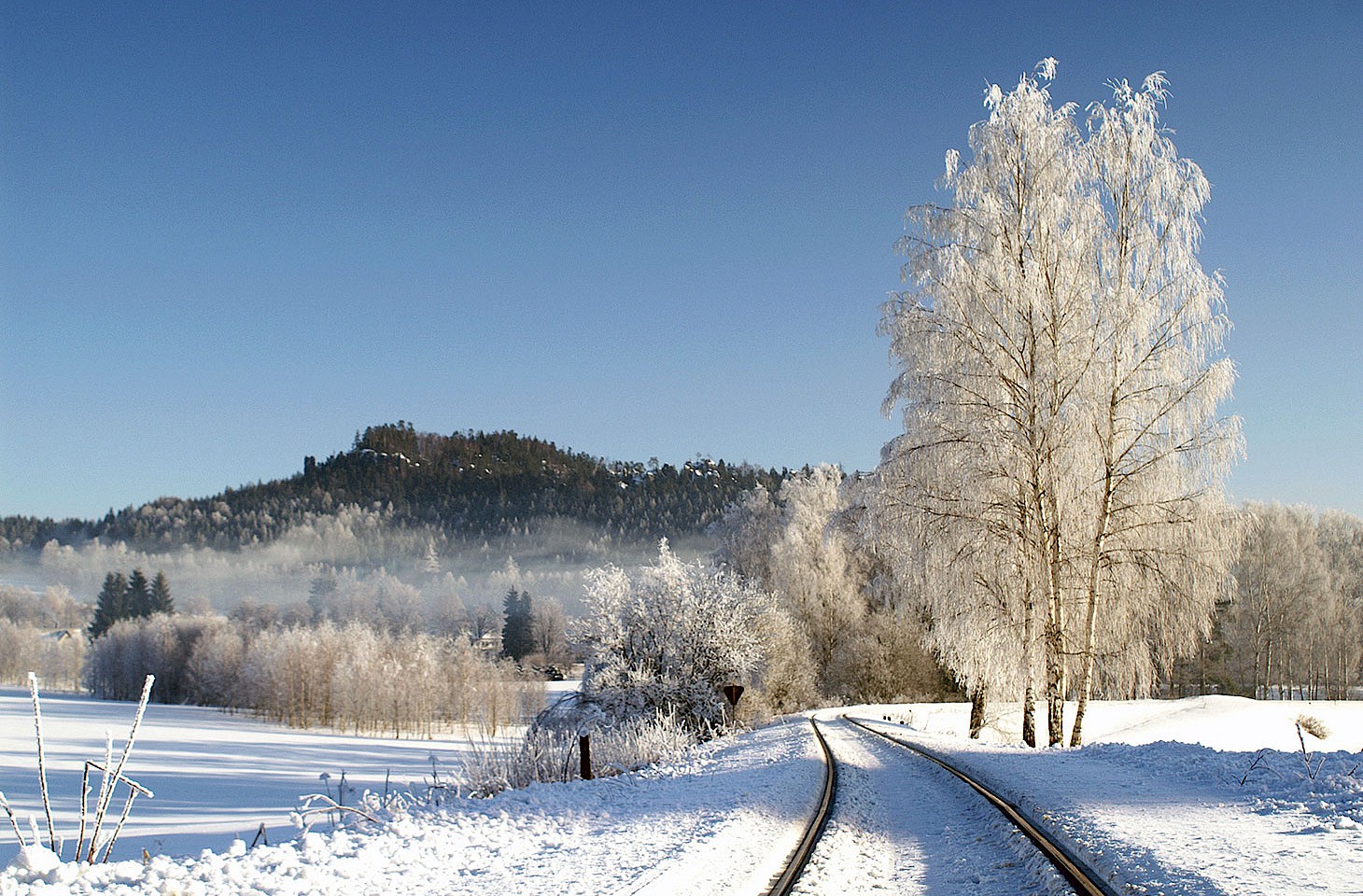It did not seem possible that the road could get any worse, but as we turned the final corner on our approach to the nature reserve at Kindla, it did. The wheels of our car bumped over mud-caked ruts in the dirt track, the vehicle lurching and scrambling along beneath a canopy of low-hanging branches that scraped the roof. It was with relief that we emerged into a clearing. A rudimentary car park marked the end of the road, its far end delimited by a rusted metal barrier preventing any further progress by car.
It was a dry day, but it felt damp in the shade of the trees as mosquitoes made a fly past, like indecisive diners on a street full of restaurants, buzzing at our ears.
Tall pine trees towered high above the soft, springy moss of the forest floor. It was a dry day, but it felt damp in the shade of the trees as mosquitoes made a fly past, like indecisive diners on a street full of restaurants, buzzing at our ears. Only a few hundred metres back down the road we had passed a cluster of houses, each painted in that distinctive deep-red colour which is the hallmark of rural Sweden. Each cottage was surrounded by a neat lawn, with flags waving proudly up front. It was a picture of order, yet here it felt as if we had arrived somewhere remote and wild.
This illusion of wilderness is by no means false. There is something untamed about the nature reserve at Kindla. The management on the land is light-touch. Apart from a very occasional programme of controlled fires, the authorities allow the forest to grow as and how it wishes. Wooden signs showed the way along trails marked with painted stripes on the trees, but aside from that and the occasional wooden planks laid across particularly marshy ground, there was little sign of human intervention in the forest. As we walked alongside a stream that bubbled and splashed its way across smooth rocks towards a lake we could just about see through the trees, I reflected that it would surely not take long to completely return the reserve to nature, an Urwald as pristine and pure as those that once covered the continent.




